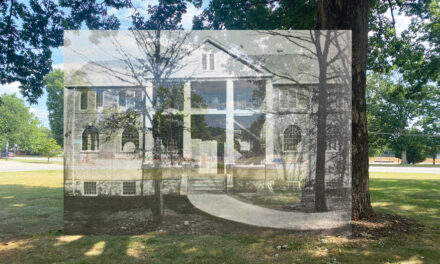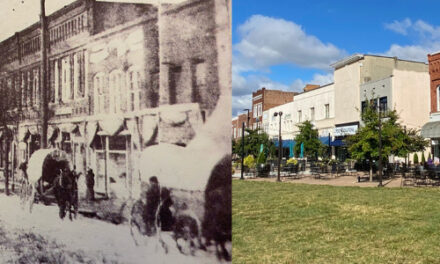
If you ever wanted to live in interesting times, you got your wish. Think of it. The worst spread of a killing disease swept through just a few years ago, and now you have seen one of the most tragic floods to hit the region in one hundred years. When you add politics to the mix, these are some interesting times.
Last week, Hurricane Helene came through with pouring rain and pounding winds, the worst anyone now alive has ever seen. Not since the Flood of 1916 has there been a weather event so devastating. There is likely no one alive that saw the early 20th-century deluge to make the comparison, but in both cases the destruction made history.
There have been locally punishing rains between the two disasters. The 1940 Flood was bad, so was rain that came through in 2013 that almost collapsed Bunker Hill Covered Bridge, requiring years of structural work to keep it intact. But for widespread damage and loss of life, Helene ranks right up there with the “Great Flood” of 108 years ago.
In the summer of 1916, two tropical storms hit western North Carolina, one right after the other. The first on July 8-10 dumped enough rain to elevate the French Broad River by over 8 feet. That one came up from the Gulf, somewhat like Helene. Less than 5 days later another hurricane force storm came in from the coast of South Carolina (like Hugo), hitting the same area already wrecked. By the time it was over, the French Broad had crested at over 23 feet.

After all the damage, one 1916 headline proclaimed “Lenoir Isolated from Outside World,” indicating the damage done to the bridges of the Catawba, Yadkin and other bodies of water, which made travel impossible for several weeks. On the Catawba, only one bridge was left standing. Landslides were another lurking problem. With the ground so saturated, whole ridge lines gave way and killed more people than the flood itself. The area in and around Asheville was even worse off than Lenoir.
The full extent of Hurricane Helene is still being assessed. Ongoing efforts to provide relief finds volunteers working tirelessly to get supplies into the mountains. Easing the suffering is the first step to helping folks start to rebuild. It’s reassuring to see us all pull together at times like these.
By the way, attributing the old phrase, “May you live in interesting times” to a Chinese proverb is erroneous. The closest anyone can find to that statement was a 17th century expression that read, “better to be a dog in times of tranquility than a human in times of chaos.” The wish for one to live in “interesting” times is really a curse, since the term can be interpreted tumultuous and troubled.
Nevertheless, here we are, having experienced events that we thought were relegated to the history books.
Photo: A once-in-a-century flood (1916) hits Asheville and western North Carolina.








